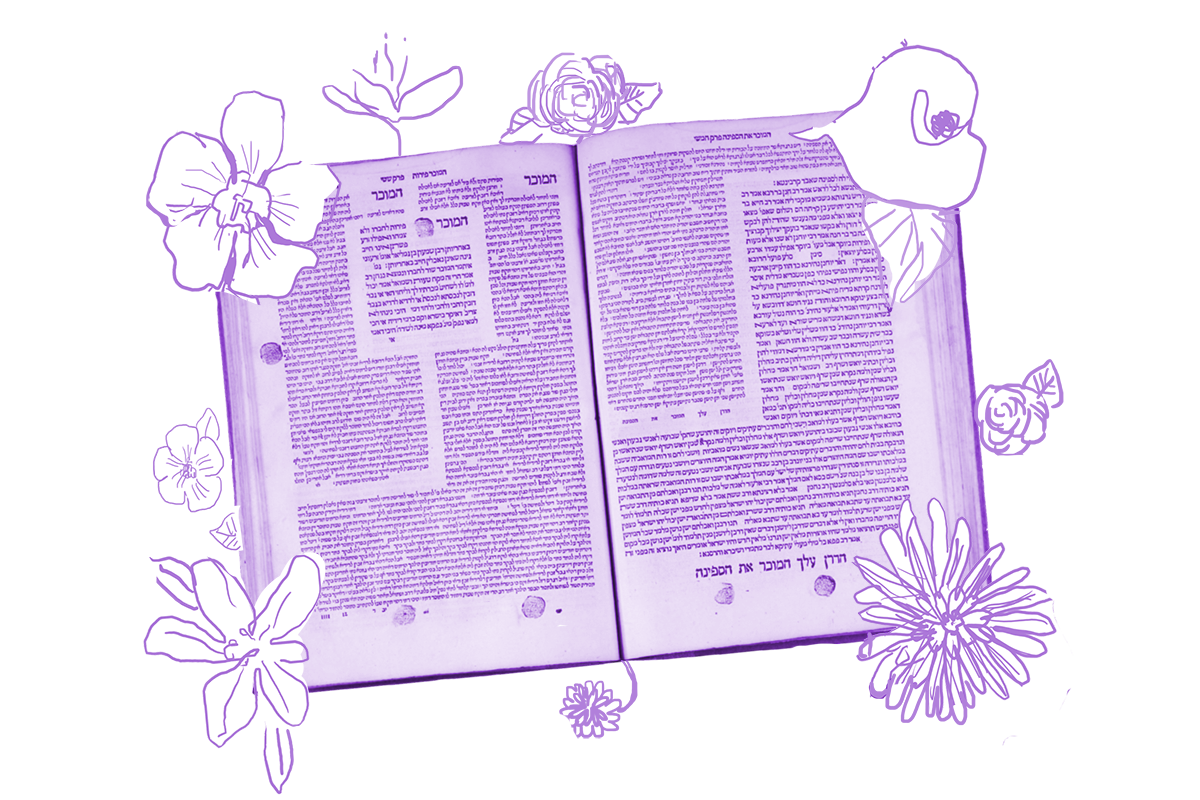The mishnah at the top of today’s daf tells us what to do with items found in a wall. Commentaries explain that what the rabbis mean are items that are placed in niches or, in an era that predates sheetrock, crammed into indentations and cracks. (Today, it is common Jewish practice to place written prayers into the cracks of the Western Wall in Jerusalem — though these are not meant to be retrieved by their owners.) The mishnah declares that items found in a new wall from the midpoint to the exterior belong to the finder, while items from the middle inward belong to the homeowner. The Gemara points out that the location of an item within a wall might not be the only way for us to know who placed it:
Rav Ashi said: The determination of ownership with regard to a knife found in a wall follows the handle, and the determination of ownership with regard to a money pouch follows the laces at the opening of the pouch. If the handle or laces face inward, they belong to the homeowner. If the handle or laces face outward, they belong to the finder.
According to Rav Ashi, it’s not necessarily the location of the item in the wall as its orientation. For knives and pouches, he reasons, the person who left them there would have laid them down with the part of the item they’d be most likely to grab — handle or laces — facing them.
This creates a problem because it actually conflicts with our mishnah. So, the Gemara must smooth things out:
With your help, My Jewish Learning can provide endless opportunities for learning, connection and discovery.
The mishnah is referring to a case where one found rags or metal strips.
Instead of carving out a narrow exception to the mishnah’s rule for purses and knives, the Gemara strongly limits the mishnah’s applicability to only rags and metal strips. Later on, the Rambam codifies this into a general principle that the manner in which the treasure was found guides us to who receives it: The property owner if that’s the direction it points, and the finder if it is oriented outward.
But what if there is no obvious orientation to the item? Or if there is a whole cache of items? The Gemara brings a beraita to address this situation:
It is taught: If the hollow in the wall was filled with lost items, the homeowner and the finder divide them.
Isn’t that obvious? No, it is necessary to teach this only in a case where the hollow in the wall is inclined toward one side of the wall. Lest you say that all the items were initially on the elevated side, and due to the incline they slipped and filled the entire space, the tanna teaches us that the homeowner and the finder divide them.
For the sake of argument, let’s imagine that a space in the wall turns out to be filled with coins. To whom do they belong? Unlike a knife or a purse, it’s difficult to gauge from coins’ positioning where they may have come from since they may have slipped around in the wall. Since it’s impossible to be sure of their initial position, the homeowner and the passerby split the items between them.
The key question here always seems to be who owned the item originally. If we’re really uncertain, we divide the items. The question is: Are you now inspired to go hide things in your walls?
Read all of Bava Metzia 26 on Sefaria.
This piece originally appeared in a My Jewish Learning Daf Yomi email newsletter sent on March 25th, 2024. If you are interested in receiving the newsletter, sign up here.



